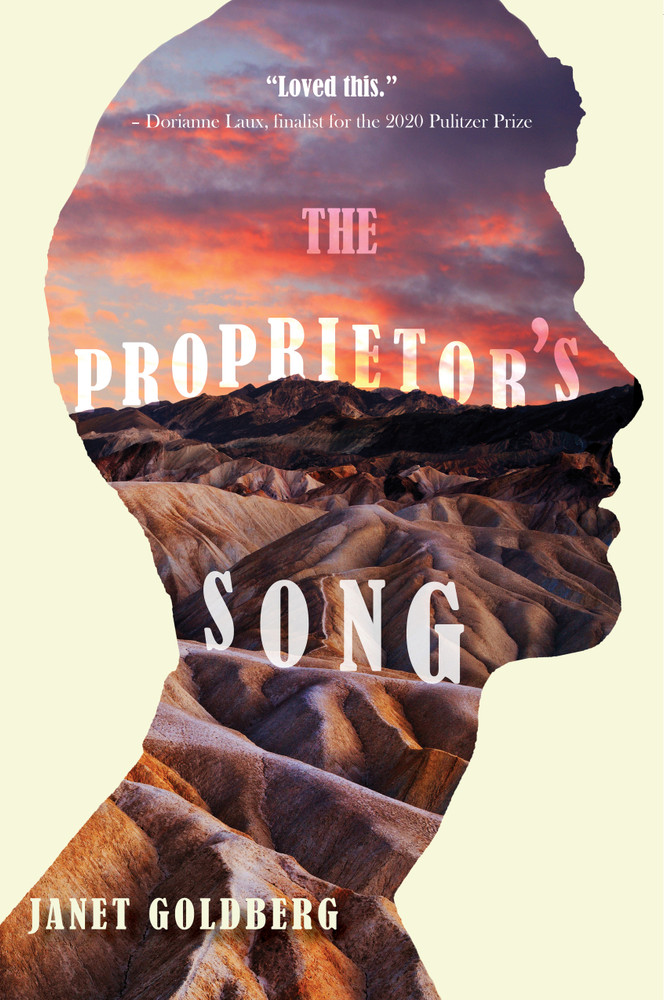This is a series of blog posts in which I discuss the process of writing my new, scheduled for publication in early 2024. Part 1 was about my Inspiration for the book. Today I want to discuss Beginning the Novel.
People often ask me how long it takes to write a book, and of course it varies from project to project. I wrote my second book, What the Zhang Boys Know, in under two years, which was very fast for me. The Last Bird of Paradise, though, has taken much longer. I’m not exactly sure when I started writing it, but it must have been 2016. That year, I was still looking for a publisher for my first novel, The Shaman of Turtle Valley, and I had also finished writing my second novel, Oliver’s Travels which was also looking for a home. With those books done, I must have turned to a new project.
And I know I must have been pretty far along with it in early 2017, because I took a research trip in January that year to Singapore, the setting for most of the novel. I’ll describe that research trip in the next part of this series.
Then came several interruptions. First, I found a publisher for The Shaman of Turtle Valley, with a publication date set for May 2019. That meant I would need time for editing and pre-publication marketing work. Then, in early 2018, I found a publisher for Oliver’s Travels, with a scheduled publication date of late 2020. Also in 2018, I put together a third short story collection, House of the Ancients and Other Stories, and found a publisher for that, to come out in early 2020, between the two novels. That prompted a delay until 2021 for Oliver’s Travels so the books wouldn’t come out too close together. By the end of 2018, all three of those books were done and scheduled for publication, and I could really focus on a new project.
In November and December of that year, I had a writing residency in France, and that’s when I really began to make steady progress on The Last Bird of Paradise.
But beginning to write and finding the right beginning of a novel are two different challenges. And what a writer writes first is very often not what readers see on the first page of the book. I knew that the Singapore Mutiny that I mentioned in Part 1 of this series wasn’t the whole story I wanted to tell. I needed to show a more contemporary view of the subjects and themes that interested me and that I thought readers would be interested in. That led me to create a contemporary character who would acquire paintings by the English woman from the Singapore Mutiny part of the story. That would establish the connection between the two narratives, but how to get the modern character to Singapore?
The character I imagined is an ambitious young lawyer who meets and has an affair with a banker who is her law firm’s client. I didn’t yet know much about this character, so I began with the scene in which she meets the man and becomes infatuated with him. I loved writing these pages because it helped me understand her and her background, how she was thrilled to be an associate at a high-powered New York City firm, learning the ropes from a great mentor. She has an affair with the banker, who is married, and…as I said, I loved writing these pages.
I kept writing through the progression of their affair, their eventual marriage, and the trauma of 9/11. I loved all of that, but eventually I realized that this wasn’t the novel I wanted to write, and we were well over 100 pages into the book and the woman still hadn’t come to Singapore, still hadn’t acquired the paintings, and we hadn’t gotten to a point where it made sense to introduce the narrative about the Singapore Mutiny.
Writers will, I think, recognize this dilemma. What I had written was absolutely necessary for me, but not necessary for the reader to read. I had begun the story in the wrong place. (Spoiler alert: very little of those first pages have made it into the final version of the book, but I couldn’t discard all of them. Some of the scenes appear as flashbacks or memories.)
So, if not at the moment when she meets her husband, where to start? I tried several different spots and eventually picked one. That is now the beginning of the novel.
It still took years to finish the book and revise it into a shape I was happy with, and I didn’t consider it really done until October 2022.
Next: Research



Comments